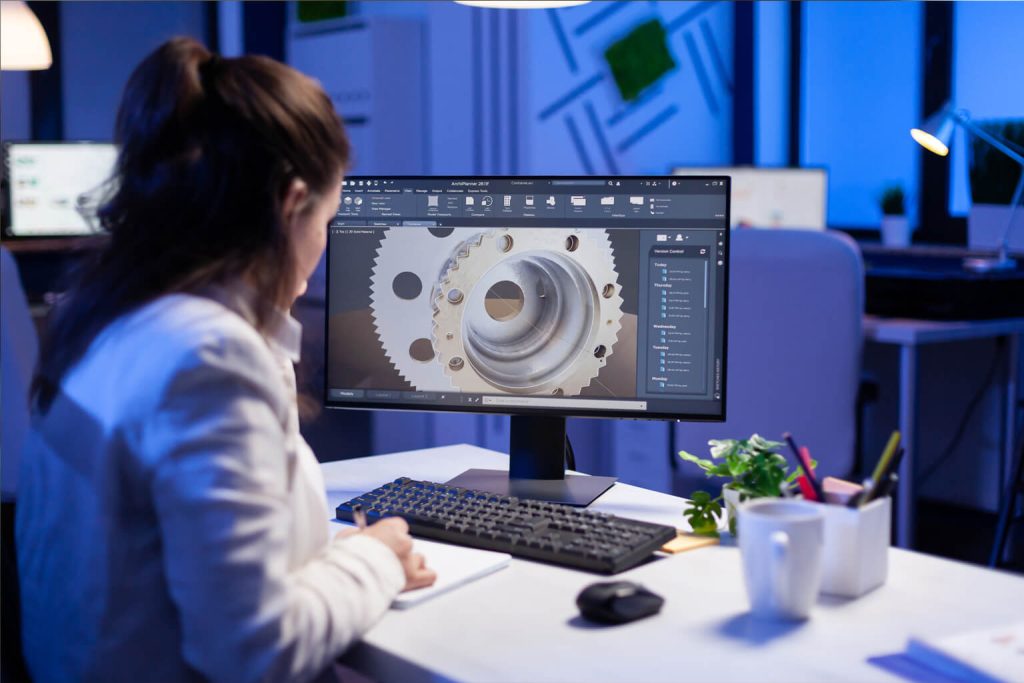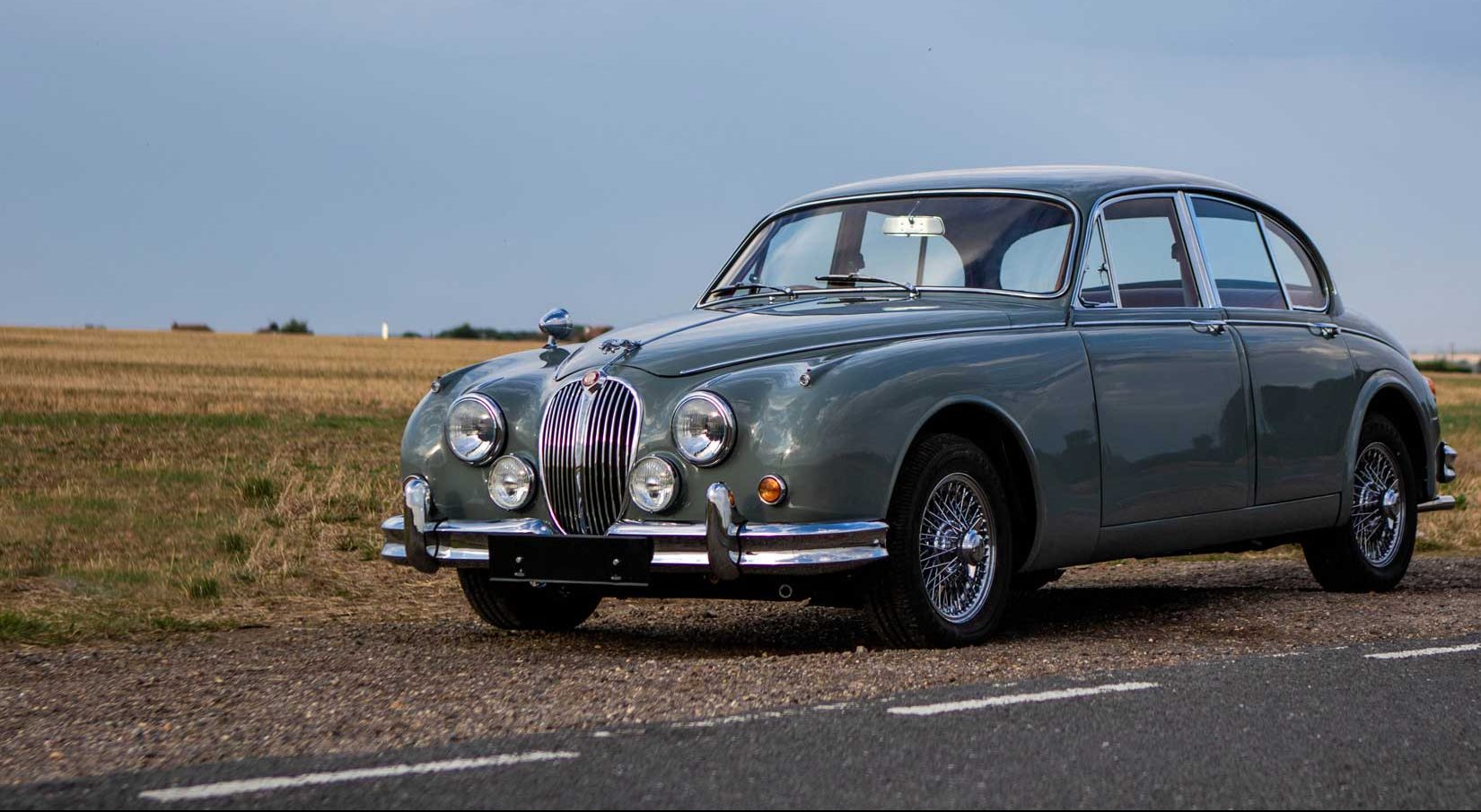In the world of classic car restoration, where every vehicle tells a unique story, the intersection of tradition and technology has become increasingly evident. As the automotive landscape evolves, so does the approach to restoring vintage automobiles. In this blog post, we’ll delve into the fascinating realm where craftsmanship meets cutting-edge technology, exploring how technology is leaving its mark on the classic car restoration scene.
1. Digital Blueprinting and 3D Printing

In the realm of classic car restoration, the process often begins with the meticulous recreation of parts that are no longer in production. Digital blueprinting has emerged as a game-changer, allowing restorers to create highly accurate virtual models of rare components. This not only preserves the integrity of the original design but also facilitates the use of 3D printing technology. Whether replicating a vintage emblem or a complex engine component, 3D printing has become a powerful tool, enabling enthusiasts to breathe life into classic cars with precision and authenticity.
2. Augmented Reality (AR) in Restoration Workshops

In the hands-on world of classic car restoration, precision is paramount. Augmented Reality (AR) has found its way into workshops, offering mechanics and restorers a new dimension of precision and skill. AR technology can overlay digital information onto the physical workspace, providing step-by-step guidance during intricate tasks. From engine assembly to bodywork, AR enhances the restoration process by offering real-time insights and ensuring that every detail aligns with the original design.
3. Online Communities and Knowledge Sharing

Classic car restoration is not just a solitary endeavor; it’s a community-driven passion. Online platforms and forums have become the backbone of a global network where enthusiasts, experts, and novices alike come together to share knowledge. From troubleshooting mechanical issues to offering advice on sourcing rare parts, these digital communities have democratized information, fostering a collaborative environment that transcends geographical boundaries.
4. Computer-Aided Design (CAD) in Restoration Planning

Before the first wrench is turned or the first coat of paint is applied, meticulous planning is essential in classic car restoration. Enter Computer-Aided Design (CAD), a technological marvel that allows restorers to create detailed and precise plans for modifications or improvements. CAD not only expedites the planning phase but also acts as a virtual testing ground, reducing the margin for errors and ensuring that the restoration project aligns seamlessly with the restorer’s vision.
5. Diagnostic Software and Troubleshooting

Classic cars, with their mechanical intricacies, often present unique challenges during the restoration process. Diagnostic software and tools have become indispensable in identifying and troubleshooting issues efficiently. From engine diagnostics to electrical system analysis, these digital aids streamline the restoration process, allowing restorers to pinpoint problems with accuracy and speed, ultimately ensuring that the final result is a meticulously restored classic automobile.
6. Digital Documentation

The restoration of a classic car is not just a mechanical endeavor; it’s a journey through time and craftsmanship. Digital documentation plays a pivotal role in archiving this journey. From high-resolution photos capturing every step of the restoration to digital notes detailing challenges and triumphs, technology allows enthusiasts to create a comprehensive and easily accessible record. This not only serves as a personal archive but also contributes to the broader knowledge base within the classic car community.
7. E-Commerce Platforms for Classic Car Parts

Sourcing rare and vintage car parts was once a treasure hunt through salvage yards and classified ads. The digital age has transformed this process with e-commerce platforms dedicated to classic car parts. These platforms act as virtual salvage yards, connecting enthusiasts with a vast array of components from around the world. While this digital marketplace enhances accessibility, it also introduces considerations such as quality assurance and authentication that are crucial in the restoration journey.
Conclusion

As we celebrate the marriage of tradition and technology in classic car restoration, it’s clear that advancements like those offered by Hemmings are vital. Hemmings, a leading platform, seamlessly integrates craftsmanship with cutting-edge technology, preserving automotive history. Through its online marketplace, enthusiasts access a wealth of parts, connect with sellers, and contribute to a thriving community. In the hands of dedicated enthusiasts and platforms like Hemmings, each restoration becomes a testament to the timeless allure of classic cars, ensuring their legacy endures in an era defined by innovation.


